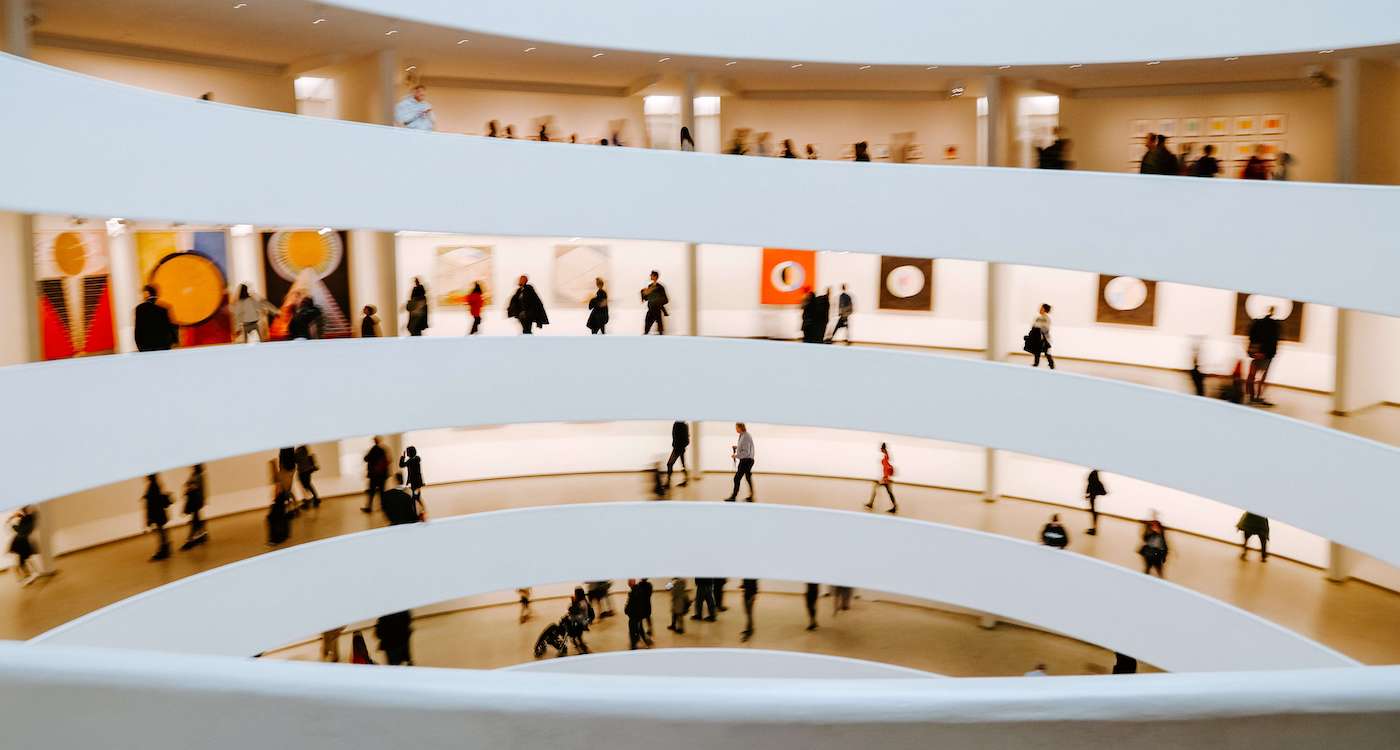
I was a classic suburban kid whose formation of arts and culture largely came from the rabbit hole of the Internet, People Magazine and the treasure trove that is the Princeton Public Library. Itching for paintings and drawings, I got to see my favorite artists’ work by perusing through books long before witnessing them in situ in a museum. These past couple of years, while awaiting the opening of the new Princeton University Art Museum, I’ve returned to the library’s second floor’s robust art and architecture collection to be inspired and grounded by art.
There’s nothing comparable to standing in front of the giant hues of a Mark Rothko painting but flipping through a book of his work is arguably the second best option. Rivaling cookbooks, art books are notoriously large and cumbersome. Within them are often reproductions of an artist’s oeuvre and accompanying essays. I invite you to peer into the gnarly and dense scenes of a Hieronymus Bosch panel, enter the contemplative oasis of Isamu Noguchi’s museum in New York City, or trace ancient cave paintings of bison. Among museum catalogs and monographs, the budding artist can find herself in good company. There truly is something for everyone. And unlike the rules of a museum, let me tell you, you can get really, really close to the work of art and dare I say–even touch it!
One of my favorite museum exhibitions of the last decade is the Solomon R. Guggenheim Museum’s landmark 2018 retrospective of Hilma af Klint. She was a 19th-century Swedish artist who is now recognized as creating abstract art before the celebrated modernists. Along the rounded spiral walls of the Guggenheim were immense pastel paintings of biomorphic yet geometric forms. These forms are continually in a state of evolving and transforming, like flowers blooming or cells dividing. Af Klint’s early botanical studies lead to a lifetime of investigation into ways of representing the unseen. Walking up the ramps of Frank Lloyd Wright’s famous building felt like flipping through the chapters of this individual through her life and her investigation of her personal philosophy. When I go to the shelves to open the museum exhibition catalog, I relive the experience of seeing her story unfold for the first time. I open a time capsule and reactivate the presence of her paintings.
Perhaps some are rolling their eyes. After all, the internet is inundated by images–images of everything–and the ease of seeing a specific piece has never been easier. There are also some incredible artworks designed specifically for the digital space and social media lets everyone curate and share a gallery of their own. But for most paintings and drawings, ink of a printed reproduction can more accurately depict the experience than a screen’s radiating pixels could. Graze your fingertips lightly over a printed reproduction and you can sometimes feel the ink sitting on the paper. The rhythm of flipping through page after page will ask you to linger for just a little longer.
Photo by Taylor Heery on Unsplash
Blog post by Tiffany Fang.
